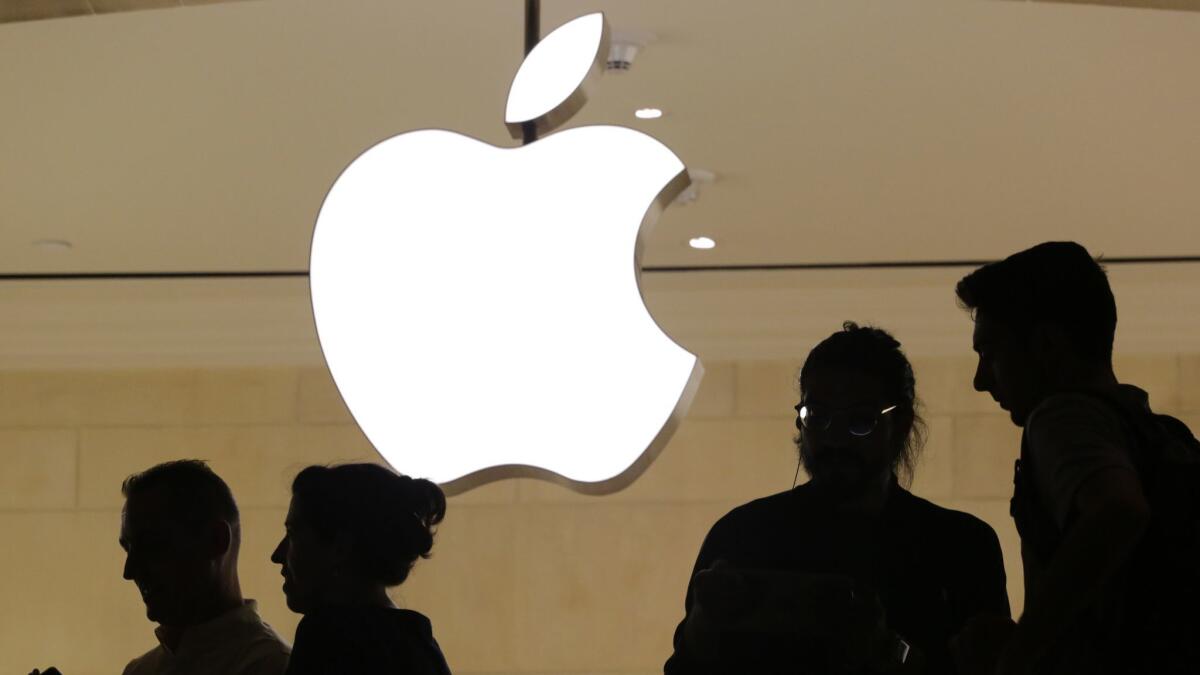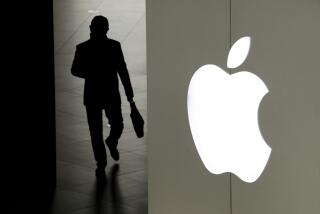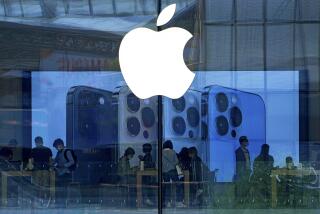Apple WWDC 2018: Siri, health and augmented reality are expected topics

As Apple Inc. kicks off its annual Worldwide Developers Conference on Monday in San Jose, attendees can expect a quieter event than in years past.
Instead of a show packed with major hardware announcements, analysts expect the tech giant to focus on how it has improved the systems that sit at the core of its business, while showing off a little bit of what’s coming next.
The company has had many small but high-profile glitches this past year, such as a bug that replaced the letter “i” with nonsense characters and one that prompted its phones to freeze. Those have been uncharacteristic for a company that prides itself on how easy its products are to use.
“I think this is going to be an incremental show, focused on making iOS a lot more reliable, streamlined and smoother as opposed to dumping a ton of new features,” said Patrick Moorhead, a principal analyst at technology advisory firm Moor Insights.
Conferences such as this can also act as a competitive yardstick to show how firms are progressing on developing technologies. Apple is expected to speak more about its plans for its Siri voice assistant, physical and mental health, and augmented reality analysts.
The annual developers show kicks off with a keynote from Chief Executive Tim Cook on Monday at 10 a.m. Pacific time. The conference offers insight into how the company’s thinking about its future, where its priorities lie, and how it wants to partner with developers to accomplish those goals. The latter is becoming especially important as Apple leans more heavily on services — which require more ongoing collaboration than a gadget does — to make its money.
That’s not to say there won’t be anything new to offer. Health has been a major focus for Apple, particularly since the introduction of its only wearable, the Apple Watch. One of the main functions of the watch is to track steps and measure activity. Apple could expand and improve its tracking to give people more information about their diet and sleep habits, Moorhead said.
Many also expect Apple will more forcefully enter the debate into digital health and questions of what responsibilities it bears to keep people from using their phones too much. Apple shareholders pulled the company into the center of that debate in February, when two groups of shareholders asked the company to introduce a mode on the iPhone that helps curb compulsive smartphone use, particularly among children. Since then, Apple has published a guide for parents to control phone use but has not offered any new tools.
Google, at its May developers conference, introduced tools that can tell people how long they have been using their smartphones and how long they have been using certain applications each day.
Siri, Apple’s voice assistant, is also likely to get some time in the spotlight — an important move after Google wowed (and frightened) the world with a demonstration last month of how well its voice assistant mimics human conversation.
The general perception is that “Siri, while a pretty good system, doesn’t compare in sophistication to Google and Amazon,” said Brian Blau, an analyst at Gartner. He expects Apple will have some extra tools for developers to combat that idea, as well as opening up the voice assistant to be able to work with more kinds of applications.
Another area that Apple has focused on extensively for the past year is augmented reality, which lets users see digital objects in the real world through the screens of their mobile devices. Last year, the company announced a tool kit that let developers play around with the technology on smartphones. Some developers — notably the furniture store Ikea — have taken advantage of this, but there haven’t been many notable hit apps using the technology.
Blau said that developers want Apple to move beyond the basics of AR, and improve its tools so that objects, for example, look more natural — even when they’re not sitting on something flat such as a tabletop.
Tsukayama writes for the Washington Post.






